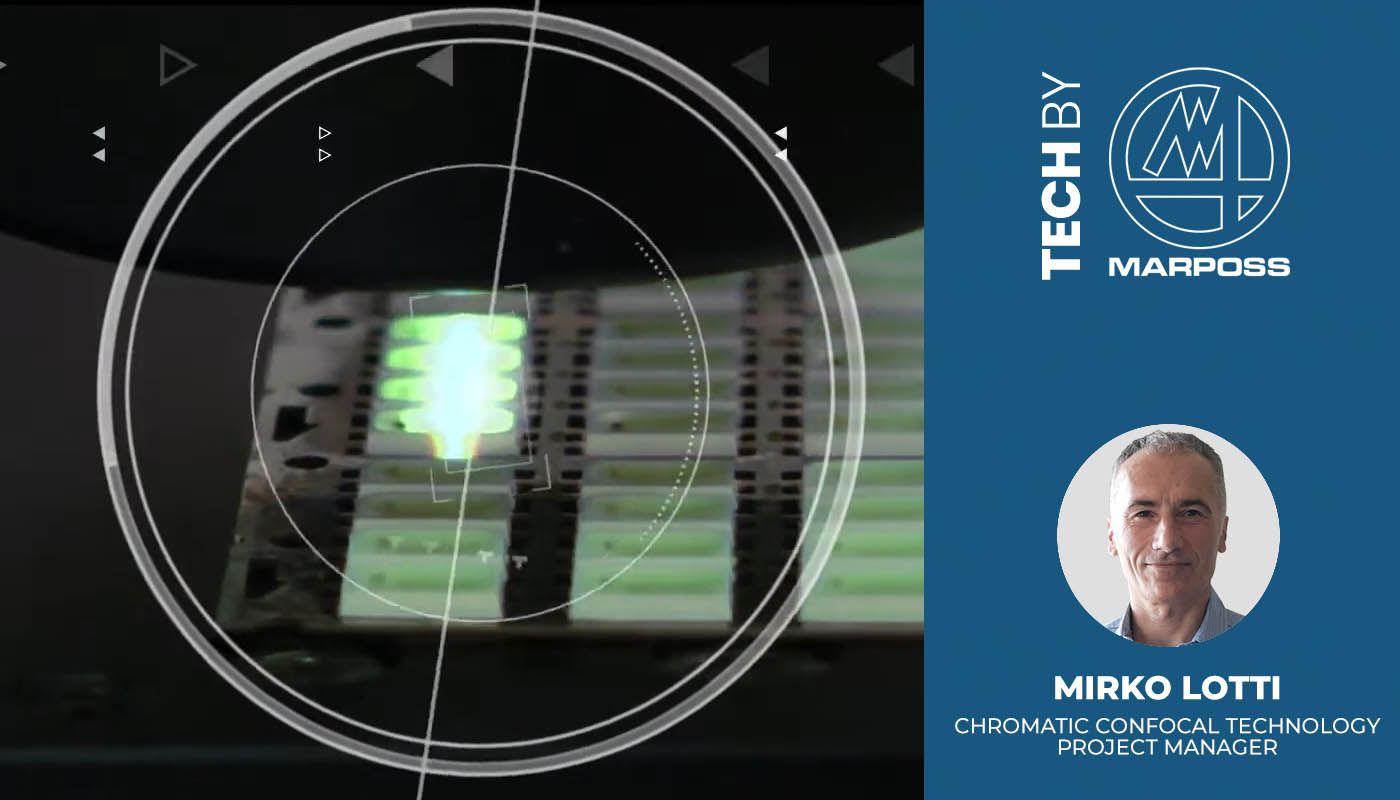高精度:非接触式光谱共焦测量的优势

过去10年来,全球工业和消费品生产技术的创新精彩纷呈,对生产过程产生了显著的影响。更高产品和服务质量和更短上市时间的挑战迫切需要提高测量解决方案的工作效率和有效性。
要在易碎材料的使用和质量控制中满足高柔性的要求,需要优先选择非接触式测量技术,而非传统接触式测量。马波斯为此提供以光谱共焦技术为基础的非接触式测量解决方案
光谱共焦技术的工作原理是光学系统中将白光折射为不同波长的纯色光:从蓝光到红光,如果尺寸设计合理,可生产一系列传感器和控制器并且具有卓越的计量性能。
马波斯提供高精度的解决方案,可达纳米级的测量距离、表面粗糙度、轮廓,提供3D形貌和图像分析缺陷功能。光谱共焦传感器可测量单层或多层透明材料厚度,例如玻璃和塑料等材料。
从内燃机向电动机的转型,需要精确控制动力电池和变速箱的生产过程。电动车的工作特性,例如能耗、振动和噪音,对于新一代的机动车更加关键。
动力电池阳极和阴极在生产中需要严格密封才能正确装配。动力总成的全部零件都需要极小的表面粗糙度,最大限度减小摩擦,充分发挥动力电池的效率优势。为持续提高电动车的工作效率,玻璃材料的车身在增加,车身的形状复杂性不断提高,旨在达到优化空气动力学、美观性、内饰舒适性和驾驶乐趣的效果。挡风玻璃形状关系到装配的正确性,HUD平视区的平面度关系到图像投影显示的正确性。
总之,我们看到非接触式技术与自动化技术间的日益融合,可有效提高我们身边产品的质量。
光谱共焦测量技术对环境光不敏感,因此,可在任何工作环境中的产品表面上使用,而且抗电磁辐射干扰。
非接触式测量的可能问题之一是被测产品的形状复杂,但我们具有传感器的结构设计方案和丰富的产品系列,并可测量大倾角的倾斜轮廓及/或台阶(例如电路板上所安装器件的轮廓)。
非接触式光谱共焦测量的应用非常柔性。测量中无需接触工件,彻底避免接触式测量设备为在动态测量中最大限度减少对工件干扰所需采取的措施。
无需气动系统加载控制触点,因此,非接触式测量是绿色减碳技术。可在线和在运动中测量工件,缩短生产周期、优化生产布局和严格控制生产成本。
可见,非接触式测量是未来质量控制的决定性特征。我们相信光谱共焦技术的特点和特性可理想地兼顾高精度和高精确性与易集成性,包括自动化系统和现有质量管理技术的集成能力。